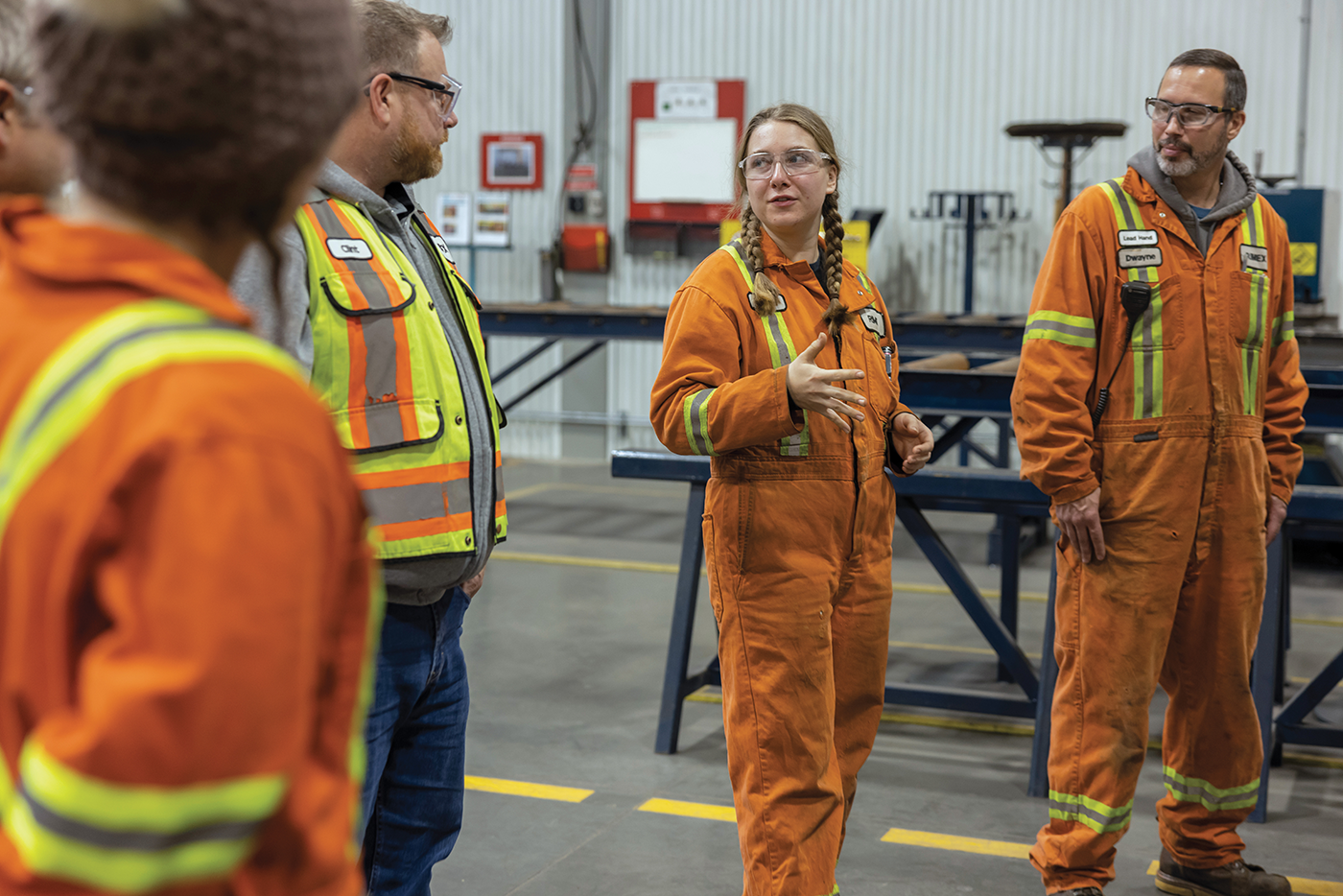Toward psychological health and safety
Managing psychological health and safety in the workplace is as important as managing physical health and safety. A psychologically healthy and safe workplace prevents harm to workers’ mental health and promotes well-being.
Building on our Mental Health Strategy, we recently launched a new webpage and published a framework document to help employers navigate workplace psychological health and safety.
Three principles
While many factors outside the workplace can affect mental health, employers have a responsibility to address factors that are within their control. The following principles help to create, support, promote, and maintain a psychologically healthy and safe workplace.
1. Show leadership commitment.
Whether you are the owner of a small business or a senior manager in a large corporation, leadership involves fostering a psychologically healthy and safe workplace. It’s important to listen and communicate effectively. Demonstrating transparency and authenticity will also help earn trust.
Leaders can influence and improve psychological health and safety outcomes among their workers. Being committed to stress-management practices, developing a psychological health and safety policy, and actively engaging workers in discussing issues and solutions show commitment in action. Over time, effective leadership can shift an organization toward a psychologically healthy and safe workplace.
2. Develop supportive managers and supervisors.
Managers and supervisors often have the most influence in shaping workplace culture. They can gather and use worker feedback, provide guidance, and make decisions. They can also help ensure that everyone embraces the same approach to psychological health and safety.
The quality of relationships between managers and workers can make the difference in workers feeling comfortable voicing concerns or reporting mistakes or risks. To help enhance these relationships, it’s important to develop the following skills and characteristics in your managers and supervisors:
- Communication skills
- Ability to foster supportive and trusting relationships
- Respect and empathy
- Ability to problem solve and work collaboratively
- Competence
- Leading by example
3. Ensure worker participation.
Worker participation means employees are included in discussions, decisions, and initiatives about workplace factors that affect their mental well-being.
Workers should be encouraged to take proactive steps to safeguard their psychological health and safety, practice self-awareness, set boundaries, seek support, and participate in workplace initiatives.
Worker participation is essential to building a psychologically healthy and safe workplace. When workers are engaged, they enjoy their work more, take pride in it, and feel more connected to the employer’s goals.
Managing risk for psychological health and safety
Managing psychological health and safety follows the same approach as managing physical health and safety in the workplace:
- Understand the risks.
- Implement measures to control risk.
- Communicate safety information.
- Monitor and update measures for effectiveness.
Psychosocial hazards in the workplace are those with potential to cause psychosocial harm. Some examples of psychosocial hazards include:
- Work conditions such as
- Unclear expectations for workers
- High or low job demands or task variety
- A work environment that enables or tolerates disrespectful behaviour
- A workplace that does not have policies and procedures in place to prevent and address harassment
- Exposure to violence or other traumatic events
- Lack of employer support for and communication about psychological health and safety
For more information
For more information and resources, visit the Managing psychological health & safety webpage.
This information originally appeared in the Fall 2024 issue of WorkSafe Magazine. To read more or to subscribe, visit WorkSafe Magazine.

